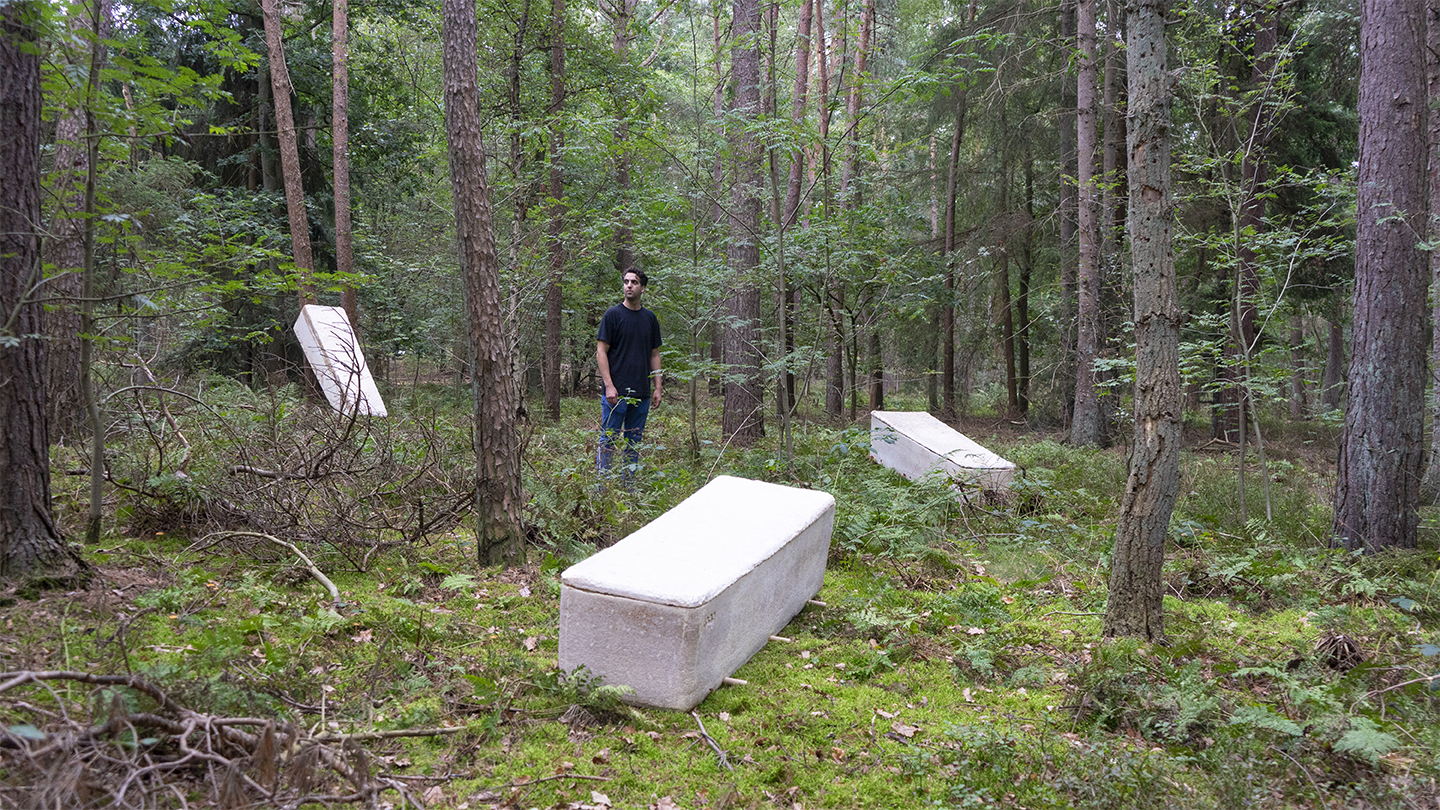With increasing awareness of the impact our daily choices have on the environment, the need for sustainable choices regarding transportation, food, beauty, and clothing has caused a definitive shift in how individuals build their lifestyles.
Despite these undeniably necessary changes in consumer behaviour, most who strive for sustainability neglect the most ecologically impactful part of their life: their death.
Traditional burial practices are disastrous from an environmental perspective. A typical cremation uses about as much energy as a 500-mile road trip, and standard casket burials use millions of tons of steel, concrete, and embalming fluid annually. Standard caskets do not biodegrade easily, and there are concerns about the carcinogenic nature of embalming fluid and its impact on soil ecology.
The growing need for “Green Death” awareness (a term popularized by Caitlyn Doughty) has created a demand for sustainable death options that make an accessible swap for traditional methods without the ecological harm.
Bob Hendrikx’s groundbreaking design does just that, aiding bodies in their decomposition and cleansing the surrounding soil while still maintaining the traditional shape and function of a coffin.
Hendrikx has crafted the coffin — which he has called the Loop Cocoon — from mushroom mycelium, a fungal root system that can be formed into sturdy building material while still being completely biodegradable.
To make the coffin, Hendrikx and his team mix an organic substrate into a coffin-shaped mould before adding the mycelium culture to it. The mycelium consumes this substrate, taking shape of the mould as it does so, and it doesn’t require any light or heat to cure — making the entire process energetically circular.
The Loop Cocoon takes 30-45 days to biodegrade, compared to the 10+ years of traditional coffins, and helps the bodies of the deceased become integrated into the earth while removing impurities from the surrounding soil, helping to “undo” some of the damage that humans have done to the earth.
The preliminary research is promising, and with any luck, the Loop Cocoon will soon be available for anyone looking to return their remains to the earth in a respectful, circular way.
All images in this article are courtesy of Bob Hendrikx.










